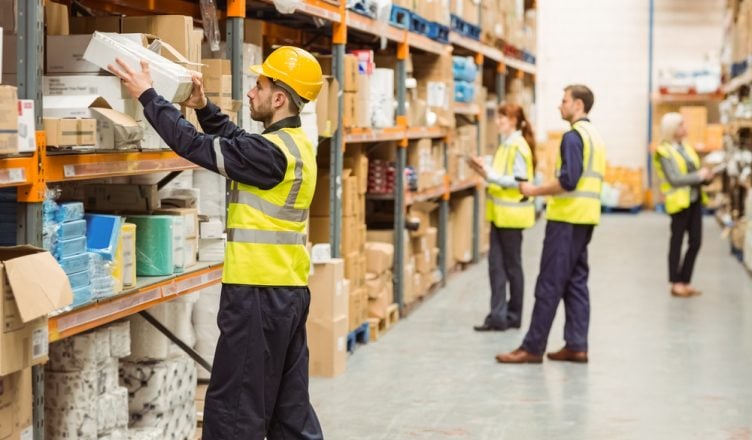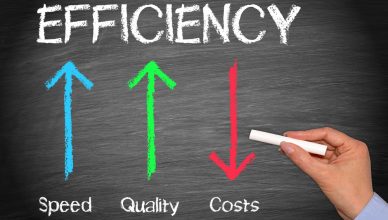Retail ecommerce has evolved a lot over the years. Customers were initially amazed that they could order products online and perhaps receive it in a week or so. But, with more competitors entering the ecommerce arena, customers have become more discerning. They now want your ecommerce business to be so efficient and productive that they will get their orders the next day or even on the same day.
To offer great customer service by giving the customers what they want immediately, automating your warehouse is key. But how can you go about doing so? Let’s find out below.
Optimize Pick-and-Pack Routes
The pick-and-pack process is tedious if done manually and becomes increasingly challenging as the volume and traffic in your warehouse grow with business growth.
So, to increase productivity and efficiency, you must decrease the number of trips your employees make in your warehouse. A route planner can help here as your employees will be able to locate orders more easily, no matter where they are in your warehouse.
How does the software work?
It creates a map of your yard or warehouse and designs a road network inside it. The route optimization algorithm of the fleet management software then uses the mapping data to create highly efficient routes that the automated equipment and/or employees should take.
A driving route planner helps create routes by factoring in vehicle capabilities (such as the ability to take on bigger weight capacity), time windows, operator skills, and other required factors that affect the pick-and-pack process.
You just have to describe the number of items and the item types that are located in each part of your warehouse, cabinet or bin and the delivery app’s routing algorithm will route your robotic loader or human operator to the nearest inventory pick location.
Want To See For Yourself How Route4Me Can Boost Your Profits?

A scheduling app even comes with a real-time analytics feature that helps you monitor the performance of the operations in each facility.
Here’s a quick rundown of several ways in which a trip planner can help:
- Supports multiple pick-and-pack strategies.
- Supports both single-order picking and multi-order batch picking.
- Supports order consolidation.
- Allows you to mix and match single-line and multi-line orders and optimize routes in waves, sorted by destination geography, priority, destination facility, preferred carriers, delivery-by times, and other variables.
- Helps you create avoidance zones in its route optimization and evaluation stages.
- Allows you to integrate with almost any automatic storage and retrieval robotic picking device over a WiFi, Cellular or Bluetooth connection. However, this feature is exclusive to Route4Me which is also the only company that has APIs and SDKs in over 13 languages.
- Automatically scans micro-beacons placed at the pick locations to keep you up to date on the route progress.
- Supports mobile and cloud access.
You can read more about Route4Me’s pick-and-pack optimization feature here.
Switch from Barcodes to RFID Tags
When itemizing the goods in your warehouse, consider switching from barcodes to RFID tags.
When you use RFID tags, you won’t need to scan each tag (as is required with barcodes) and can instead scan a group of them at the same time. Employees can also scan out the items more quickly as they are delivered to your customers.
Moreover, RFID tags are simpler to track than barcodes which makes your shipping process more efficient and reliable. So, from the time the item is en route to your warehouse until it reaches your customer, you can track where your inventory went, when, and at what time.
Have you ever explored a route planner to automate your warehouse or yard? Do you have any questions or points to add? Please feel free to leave your comments below.
Also, here are three quick questions to ensure you understood the importance of automating your warehouse:
- How can a route planner help you monitor routes in progress?
- What are the upsides of using RFID tagging versus traditional barcodes?
- How does a road trip planner ensure your robots or loading equipment don’t get overloaded by weight or overwhelmed in any other capacity?
Want To See For Yourself How Route4Me Can Boost Your Profits?







